Explosions typically connected to black holes and dying stars may happen right in our planet’s atmosphere, too.
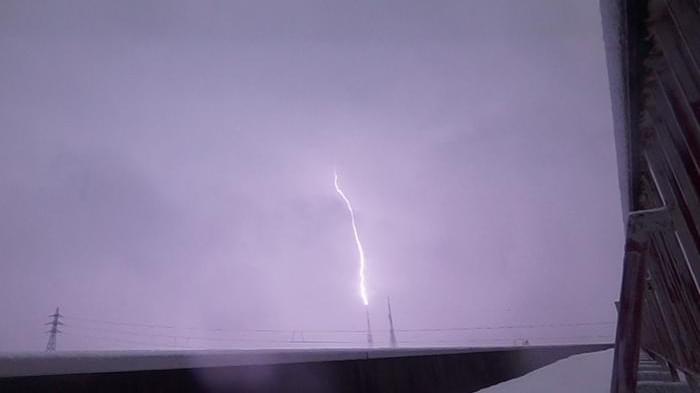

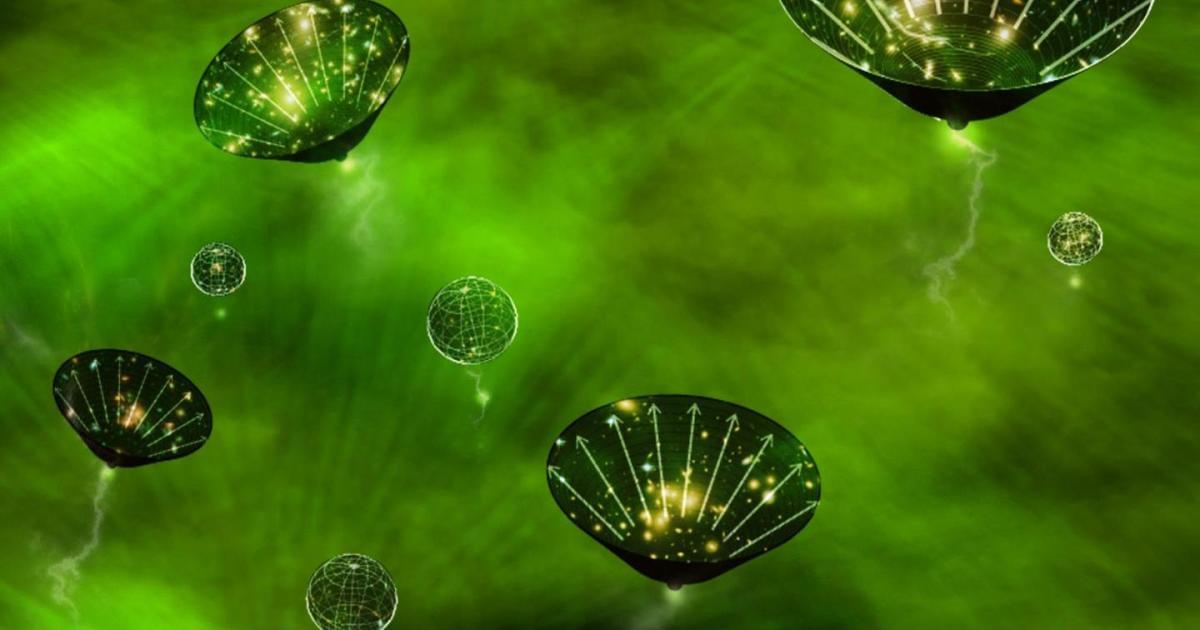
As far back as we can observe in our Universe, time always behaved in exactly the same fashion we’re familiar with: ticking away, relentlessly, at the same rate for all observers. Bring your clock to the surface of the Earth? The bottom of the ocean? Into orbit in space? Near the event horizon of a black hole? Or speeding through intergalactic space at close to the speed of light? It doesn’t matter. The amount of time it takes for regular events to occur — for a second to tick by, for an atomic transition to occur, for a photon of a specific wavelength to have one “wave” pass by you, etc. — is going to be identical for any observer under any of those conditions. In fact, the rate at which time passes for themselves, at one second-per-second, is something all observers can agree on.
Sure, relativity is weird in a lot of ways, both when you move close to the speed of light or when the curvature of spacetime is very strong. Lengths contract, time durations dilate, and different observers draw different conclusions for one another versus for themselves. But time still passes, and relativity allows us to reconcile those differences. But what about if we go to an unfamiliar place; what if we consider what happens before the Big Bang? That’s what Justin Skit wants to know, asking:
“Can you help me understand what’s going on with time during cosmic inflation? I know inflation starts and then the big bang. But if the era before the big bang was timeless how does that work?”
Catalog number: WPCR-16723
Rare and out of print.
This rare remastered audio was copied directly from the original CD and uploaded in lossless format. The only lossy conversion is YouTube’s final processing step.
0:00 In The Beginning.
1:24 Let There Be Light.
6:22 Supernova.
9:46 Magellan.
14:26 First Landing.
15:43 Oceania.
19:02 Only Time Will Tell.
23:29 Prayer For The Earth.
25:39 Lament For Atlantis.
28:22 The Chamber.
30:11 Hibernaculum.
33:43 Tubular World.
37:05 The Shining Ones.
40:05 Crystal Clear.
45:47 The Sunken Forest.
48:25 Ascension.
54:14 A New Beginning
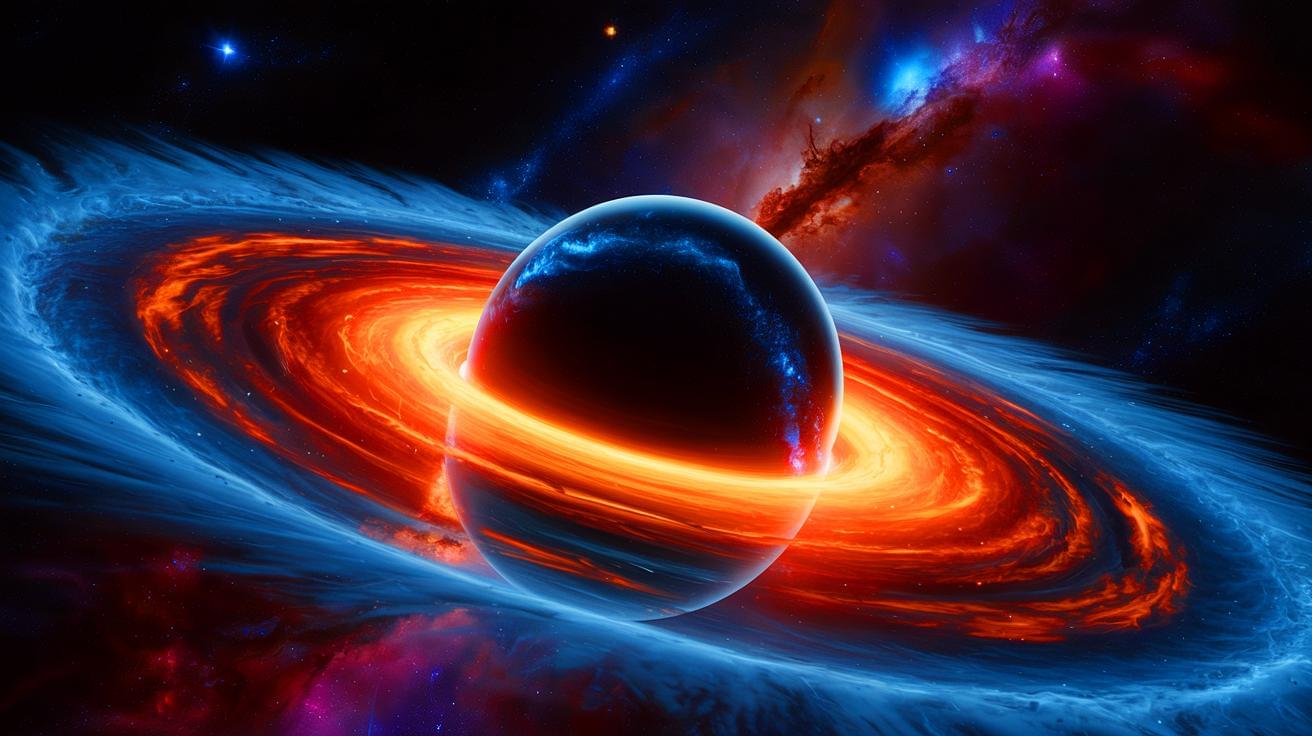
IN A NUTSHELL 🌌 Black holes traditionally feature singularities, points of infinite density that challenge existing physics. 🔭 New models propose regular black holes and mimickers that eliminate the need for singularities. 🌀 Regular black holes replace singularities with a finite-density core, maintaining a consistent spacetime geometry. 🚀 These innovative models open new avenues for
Did the universe really start with a Big Bang? Dr. Richard Lieu thinks otherwise. In this episode, we explore his radical theory of transient temporal singularities—bursts that could replace dark matter, dark energy, and even the Big Bang itself. Get ready to rethink the universe.
Paper link: https://arxiv.org/pdf/2503.08733.
Chapters:
00:00 Introduction.
00:43 The Big Bang Under Scrutiny.
04:31 Gravity Without Mass?
07:56 Implications, Related Theories, and the Future of Cosmology.
11:07 Outro.
11:26 Enjoy.
MUSIC TITLE: Starlight Harmonies.
MUSIC LINK: https://pixabay.com/music/pulses-star… our website for up-to-the-minute updates: www.nasaspacenews.com Follow us Facebook: / nasaspacenews Twitter:
/ spacenewsnasa Join this channel to get access to these perks:
/ @nasaspacenewsagency #NSN #NASA #Astronomy #BigBangTheory #RichardLieu #NewCosmology #DarkMatter #DarkEnergy #AlternativePhysics #Astrophysics #SpaceTime #CosmicExpansion #NewScience #CosmologyExplained #ScienceNews #SpaceScience #QuantumGravity #AstroTheory #EinsteinChallenge #MasslessGravity #TemporalSingularity #UniverseOrigin #SpaceUpdate #TimeBurstTheory #BigBangDebunked #ScientificBreakthrough #JamesWebbTelescope #VeraRubinObservatory #PhysicsExplained #ModernCosmology #ScientificTheories #GravityExplained #MindBlowingScience.
Visit our website for up-to-the-minute updates:
www.nasaspacenews.com.
Follow us.
Facebook: / nasaspacenews.
Twitter: / spacenewsnasa.
Join this channel to get access to these perks:
/ @nasaspacenewsagency.
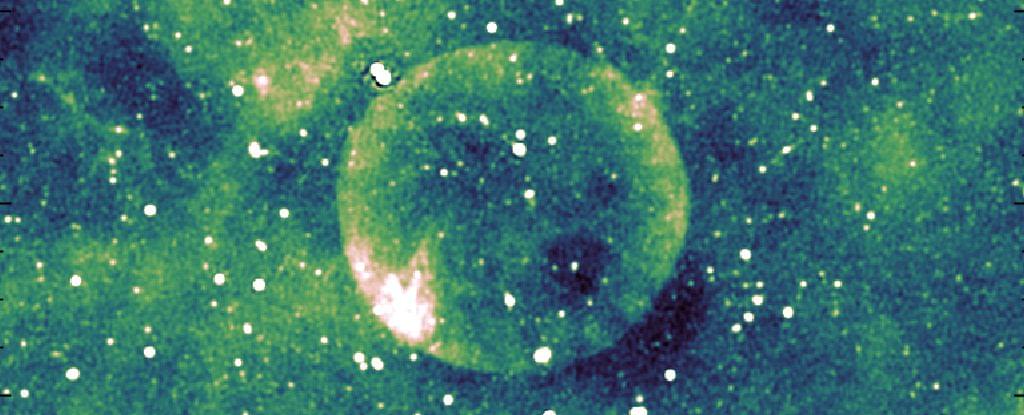
Our Milky Way galaxy is home to some extremely weird things, but a new discovery has astronomers truly baffled.
In data collected by a powerful radio telescope, astronomers have found what appears to be a perfectly spherical bubble. We know more or less what it is – it’s the ball of expanding material ejected by an exploding star, a supernova remnant – but how it came to be is more of a puzzle.
A large international team led by astrophysicist Miroslav Filipović of Western Sydney University in Australia has named the object Teleios, after the ancient Greek for “perfection”. After an exhaustive review of the possibilities, the researchers conclude that we’re going to need more information to understand how this object formed.
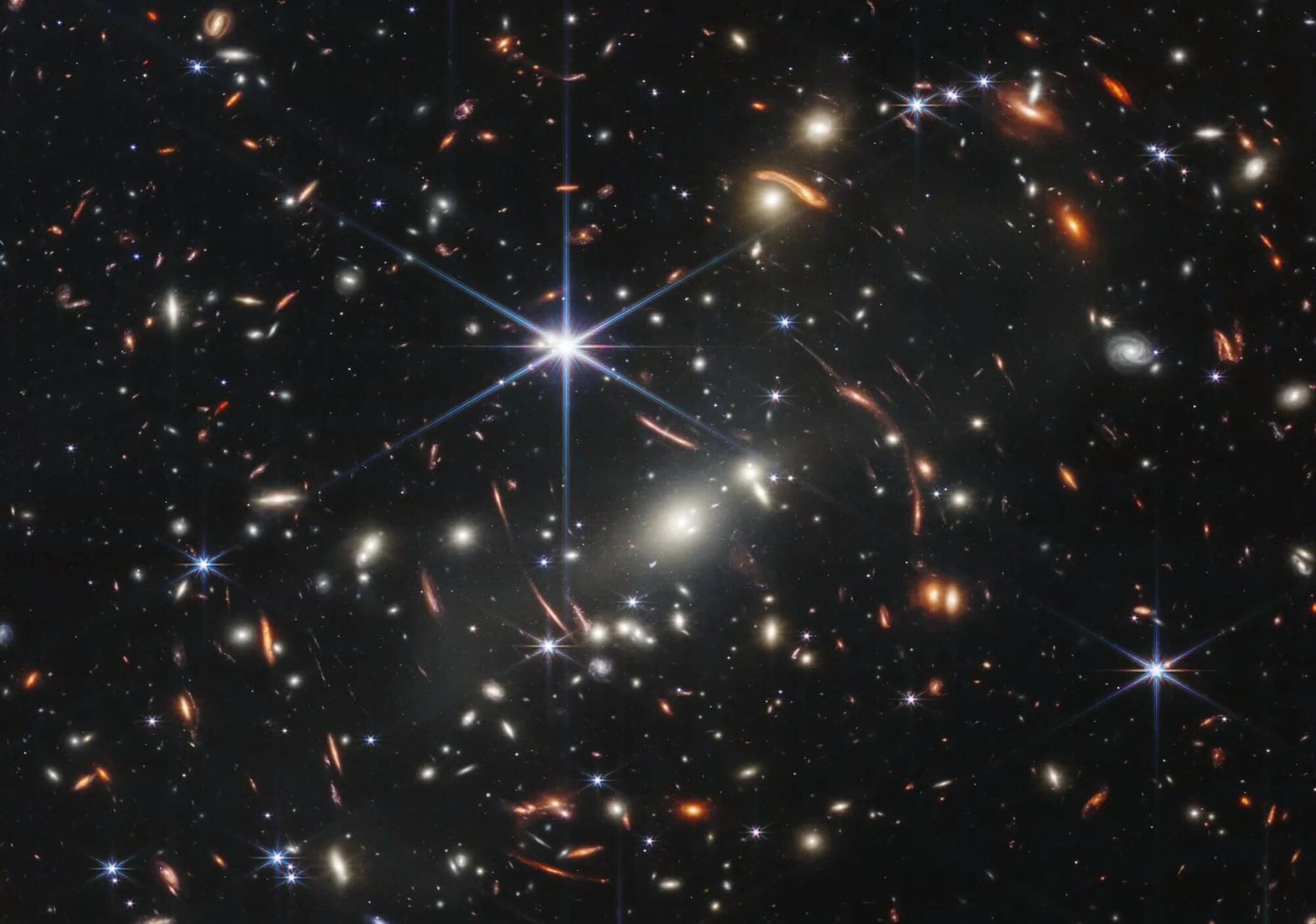
Multiple space agencies will send missions to the Moon this decade and the next, with plans to establish infrastructure that will allow for many returns. This includes NASA’s Lunar Gateway and Artemis Base Camp, the Chinese-Roscosmos International Lunar Research Station (ILRS), and the ESA’s Moon Village. With so many space agencies and commercial space companies focused on lunar exploration, there are also multiple plans for establishing research facilities and scientific experiments.
In particular, NASA, China, and the ESA have proposed creating radio astronomy experiments that would operate on the far side of the Moon. In a recent paper, an international team of European astronomers proposed an ultra-long wavelength radio interferometer that could examine the cosmological periods known as the Cosmic Dark Ages and Cosmic Dawn. Known as the Dark Ages Explorer (DEX), this telescope could provide fresh insights into one of the least understood periods in the history of the Universe.
The study was led by Christiaan Brinkerink, a Scientific Engineer with the Radboud Radio Lab (RRL) at Radboud University Nijmegen. He was joined by researchers from the Netherlands Institute for Radio Astronomy (ASTRON), the Eindhoven University of Technology, the Delft University of Technology (TU Delft), the Laboratory for Instrumentation and Research in Astrophysics (LIRA), the Kapteyn Astronomical Institute, the Leiden Observatory, the Cambrige Institute of Astronomy, the Kavli Institute for Cosmology, the European Research Infrastructure Consortium (ERIC), and the ESA’s European Space Research and Technology Center (ESTEC).
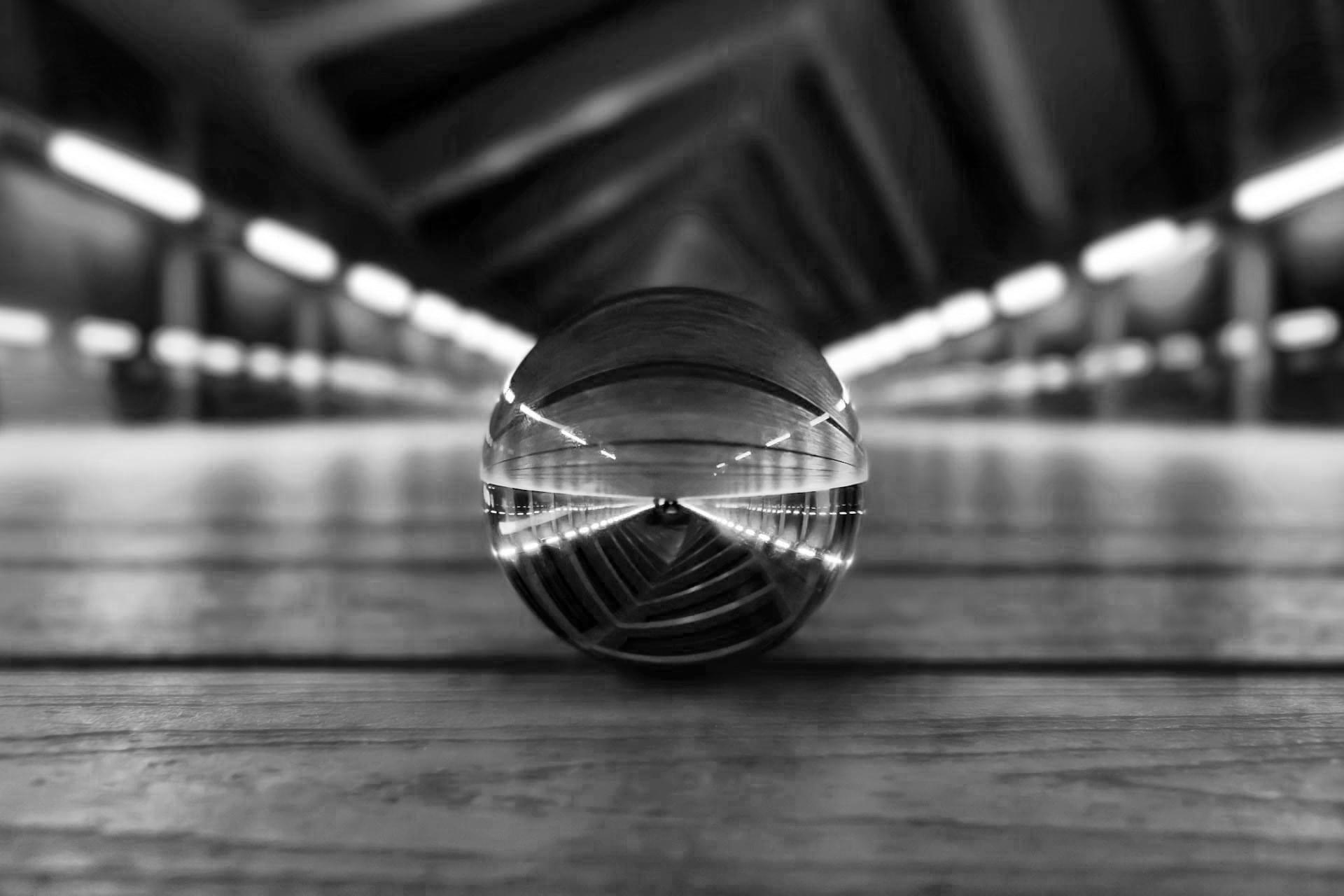
Physicists from Oxford have, for the first time, scaled quantum computing using distributed teleportation technology — and this could change everything. From «parallel universes» to Grover’s algorithm, from cryptography to molecular modeling — the world is entering an era where «impossible» problems
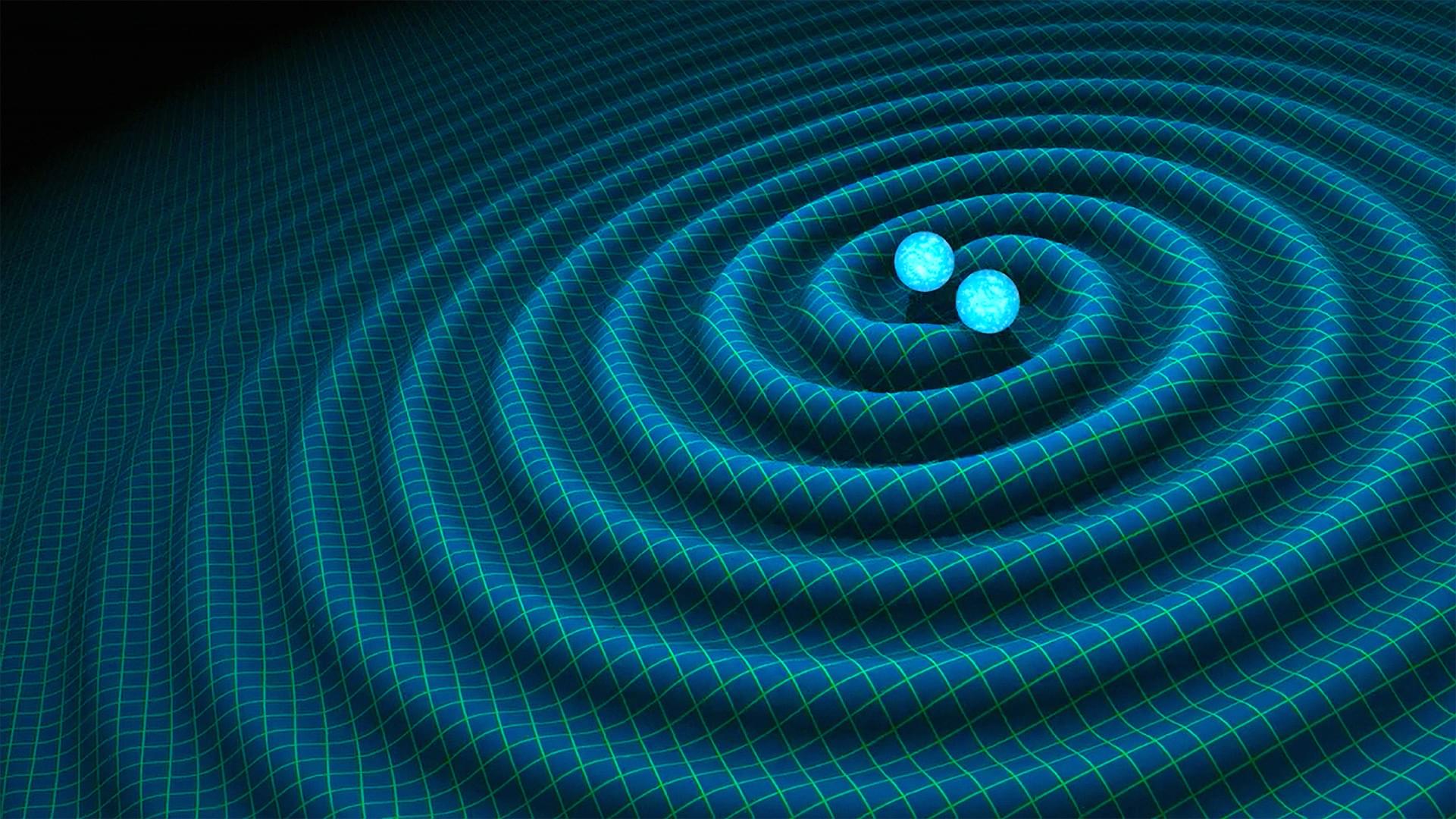
In the new study, however, these shapes appeared in calculations describing the energy radiated as gravitational waves when two black holes cruised past one another. This marks the first time they’ve appeared in a context that could, in principle, be tested through real-world experiments.
Mogull likens their emergence to switching from a magnifying glass to a microscope, revealing features and patterns previously undetectable. “The appearance of such structures sheds new light on the sorts of mathematical objects that nature is built from,” he said.
These findings are expected to significantly enhance future theoretical models that aim to predict gravitational wave signatures. Such improvements will be crucial as next-generation gravitational wave detectors — including the planned Laser Interferometer Space Antenna (LISA) and the Einstein Telescope in Europe — come online in the years ahead.
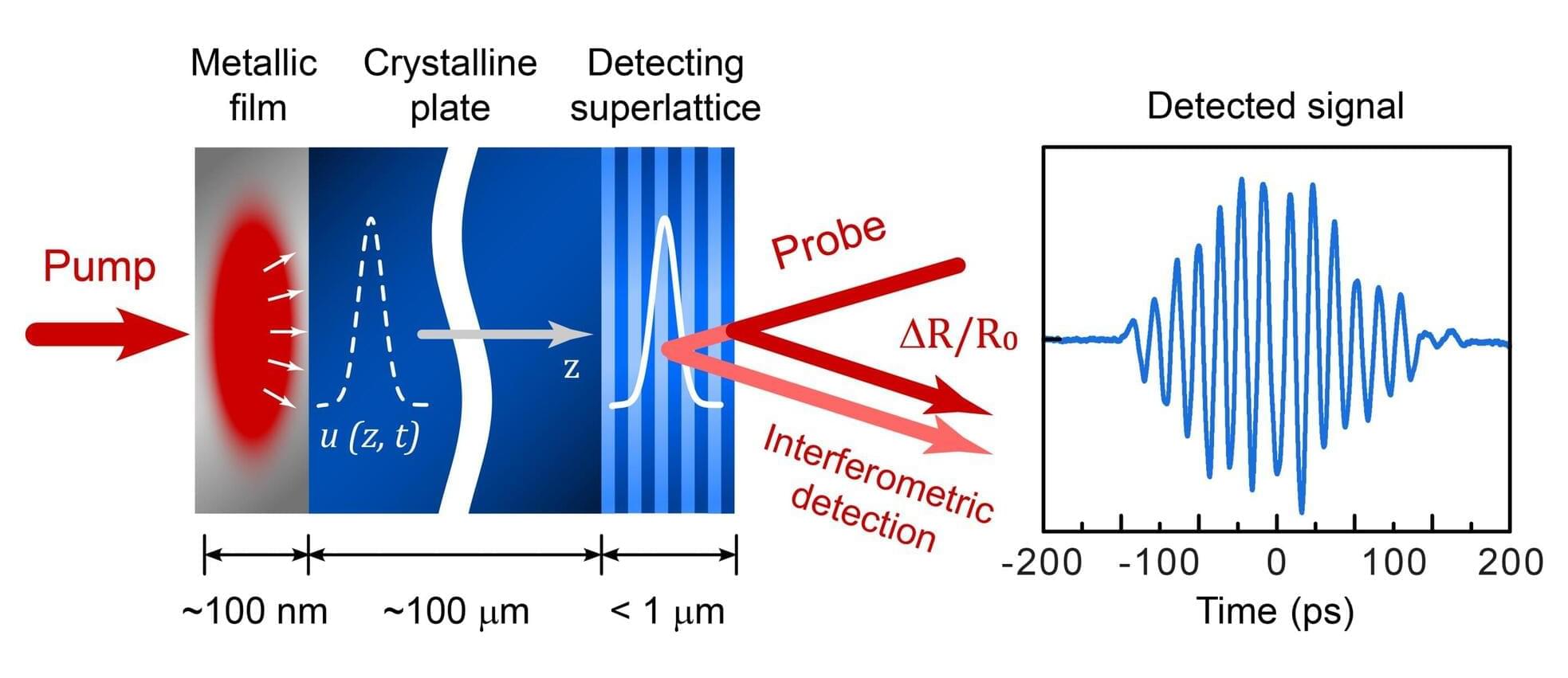
A team of researchers from TU Dortmund University, the University of Paderborn, and the University of Nottingham has developed a new optical method to detect ultra-weak atomic motion. Their experiment performed in Dortmund has demonstrated unprecedented sensitivity of the detection of atomic motion in crystals by exploiting light interference.
The findings, recently published in Nature Materials, open new ways for studying ultrafast processes in materials.
Precise optical measurements rely on interferometers, where the beam probing a distance of interest interferes with a reference beam traveling a fixed path. This allows for assessing the path length difference of the two beams with high precision. A striking example is gravitational interferometers, which detect gravitational waves induced by a distant event in the universe, such as the collision of black holes.